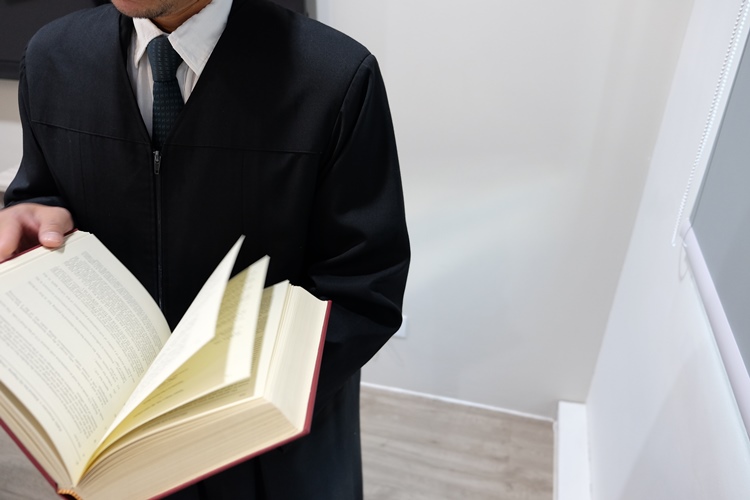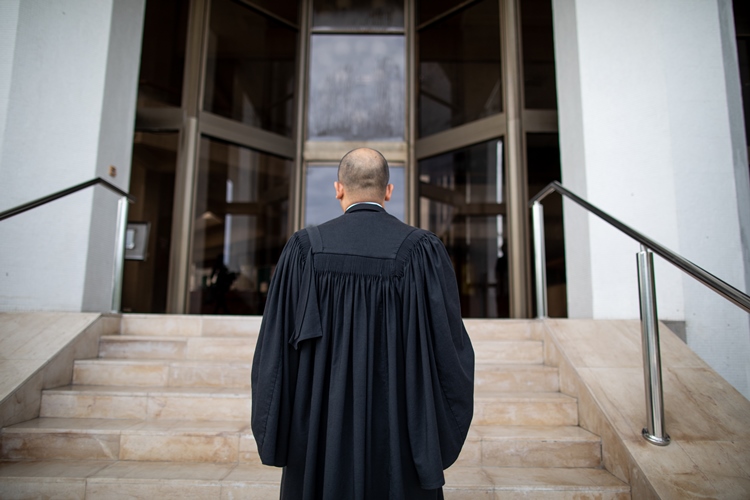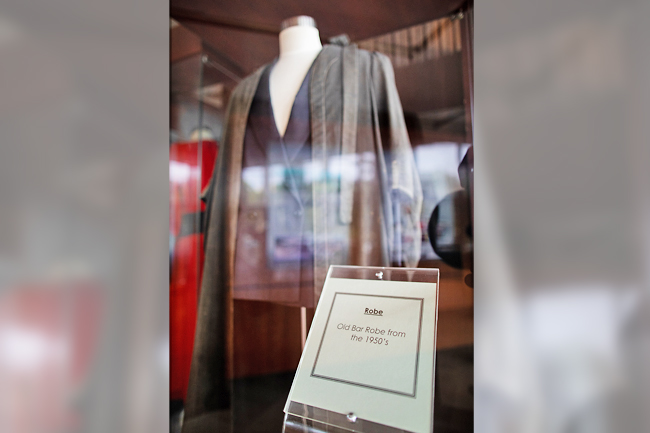In the United Kingdom (UK) and the Sultanate, the donning of judge’s gowns unfolds a distinctive and timeless tradition with every legal proceeding. These ceremonial garments, steeped in history and symbolism, encapsulate the solemnity and impartiality that define the legal systems of both nations.
ORIGIN AND EVOLUTION
The history of judge’s gowns in both the UK and Brunei can be traced back to medieval times.
In the UK, legal professionals sought to distinguish themselves from the general populace during this period, adopting distinctive attire, including robes, to create a sense of formality and authority in the courtroom.
Similarly, in Brunei, the evolution of judge’s gowns mirrors this historical trajectory, with the attire becoming a visual representation of the judiciary’s authority and impartiality.
While the basic colour and style of judge’s gowns remain consistent in both countries, subtle variations exist, each carrying its own symbolic meaning.

In the UK, the incorporation of specific elements such as coloured trims and cuffs, signifies the rank and jurisdiction of the judge.
The Sultanate follows suit, with distinctive touches in the design of judge’s robes communicating important information about the judge’s role within the legal hierarchy.
For example, a judge in the Crown Court in the UK may wear red and white gown embellishments, featuring colours representing culture and historical significance.
These unique embellishments not only add a touch of colour to the solemn proceedings but also reflect the distinctive legal traditions of each country. No discussion of judge’s attire in the UK and Brunei would be complete without acknowledging the traditional wig and gown ensemble.
The practice of judges and legal professionals wearing wigs in the UK dates back to the 17th Century, while in the Sultanate, the adoption of this ceremonial headwear serves a similar purpose, symbolising authority in the courtroom.
However, Brunei has stopped the use of wigs in court.
The wig, with its intricate design and curls, adds a touch of ceremonial grandeur to legal proceedings in both nations.
This shared tradition, despite cultural differences, underscores the universal importance of visual symbolism in emphasising the gravity of legal proceedings.

PRESERVING LEGAL LEGACY
In an era of rapid change and modernisation, the preservation of legal traditions becomes paramount. The continued use of judge’s gowns in the UK and Brunei serves as a bridge between the past and the present, connecting contemporary legal practices with centuries of jurisprudential history.
While cultural nuances shape the specific details of judge’s attire, the overarching principle of upholding the dignity and formality of the judicial process remains constant.
The visual impact of judges adorned in gowns reinforces the seriousness of legal proceedings, fostering a sense of respect for the rule of law in both the UK and the Sultanate.

In the UK and Brunei, judge’s gowns are not just garments; they are threads in the rich tapestry of legal heritage.
The tradition of donning these gowns transcends borders and aesthetics, embodying the universal principles of justice, impartiality, and authority.
As the legal landscapes of these nations continue to evolve, the enduring presence of judge’s gowns ensures that the spirit of tradition persists in the heart of their respective legal systems. – Rizal Faisal





